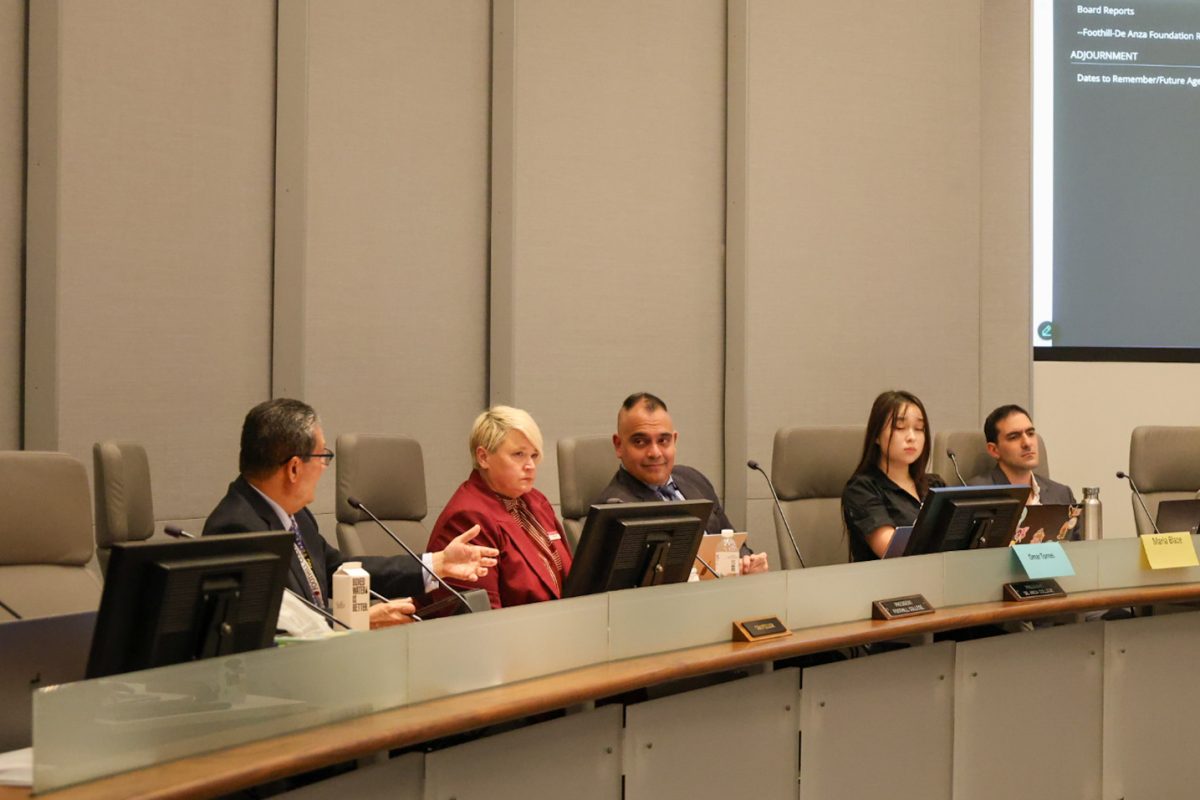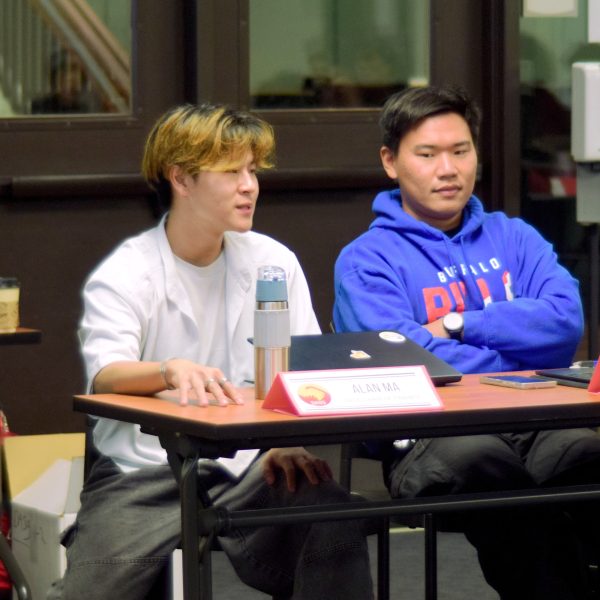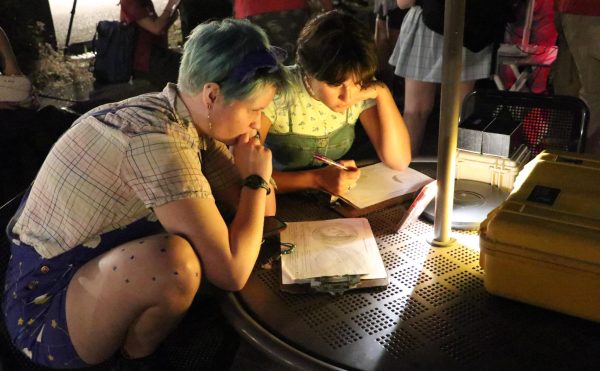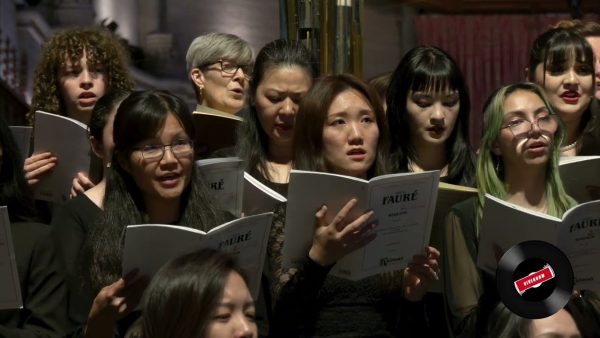How teen sexual assault is losing its stigma
April 26, 2013
With the recent succession of reported teenage sexual assault incidents in the Bay Area, it seems that circulation of explicit photos of the victim taken by the perpetrators has become a recurring phenomenon.
The most recent case — Audrie Pott, a 15-year-old Saratoga High student who committed suicide eight days after three teenage boys allegedly sexually assaulted her and circulated photos afterwards — tells of a normalizing trend towards the victimization of young women.
The flagrant documentation by the three 16-year-olds and the display of their “conquest” is quite indicative of their belief that their behavior was socially acceptable and something to be proud of — signaling a new generation of “Boys will be Boys.”
Could the boys have been that oblivious to the consequences that would later tailspin into paramount public humiliation, sexual harassment and traumatic emotional damage for their victim?
What may be the crux of an emerging complex for young males who consider this type of conduct socially permissible?
As alarming as the statistic of victims who were unaware that their sexual assaults met the legal definition of rape, what is equally alarming is the percentage of perpetrators who remain unaware what they did was even a crime.
According to a study conducted by Robin Warsaw of the New York Times, 84 percent of male college students on campuses who had committed sexual assault, in fact met the legal definition of rape but said what they did was not technically rape.
In an interview on National Public Radio, author Laurie Anderson described teen boys’ oblivion to such a brazen act, posing them questions from a girl’s experience who had suffered from rape trauma.
“They ask why the girl is so upset … most of them don’t understand the long-term devastating emotional effects that sexual assault can have …”
It is quite apparent that we as a society haven’t done our job teaching youth what exactly constitutes sexual violation, nor enforcing its ramification on young teens.
But Anderson has lauded the positive effects a simple discussion would have on young men.
“The good news is when you talk about it, most teenage boys understand, and they go ‘oh, now I get it,’” she said.
“… And it’s been fascinating to watch some young men shift from the position of ignorance, where they can cause great harm, to a position of what I consider to be real manhood, where they want to be that defender, where they want to make sure that other guys understand the rules.”
Researchers suggest that attitudes and behaviors concerning interpersonal violence and rape are learned, but they also point to past studies that show both men and women are able to “unlearn” them as well, and may have the capacity to change behaviors in significant ways.
Rather than viewing rape prevention solely as a female issue, we need to start focusing prevention efforts on young men by educating healthy expression of masculinity and understanding consent.
While it is imperative that we continue to teach our girls ways to protect themselves, it is equally crucial to teach our young men about how to foster healthy relationships with others to potentially deter violence against women.
























